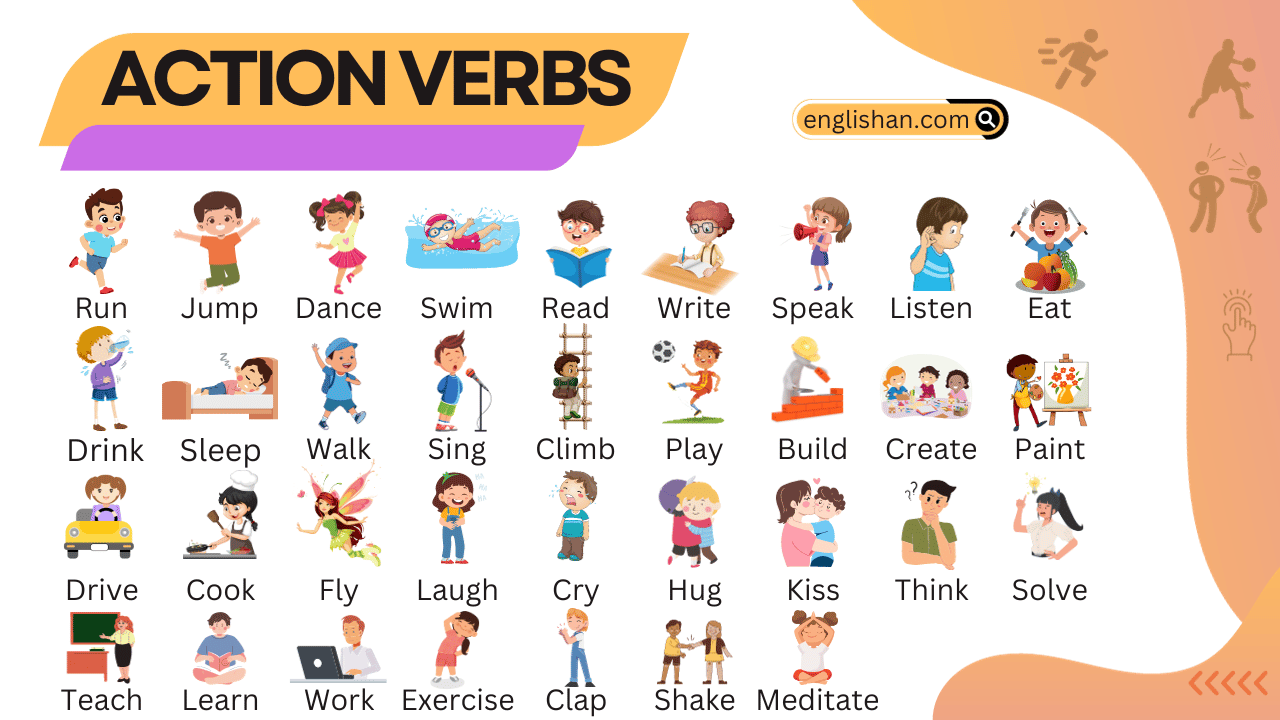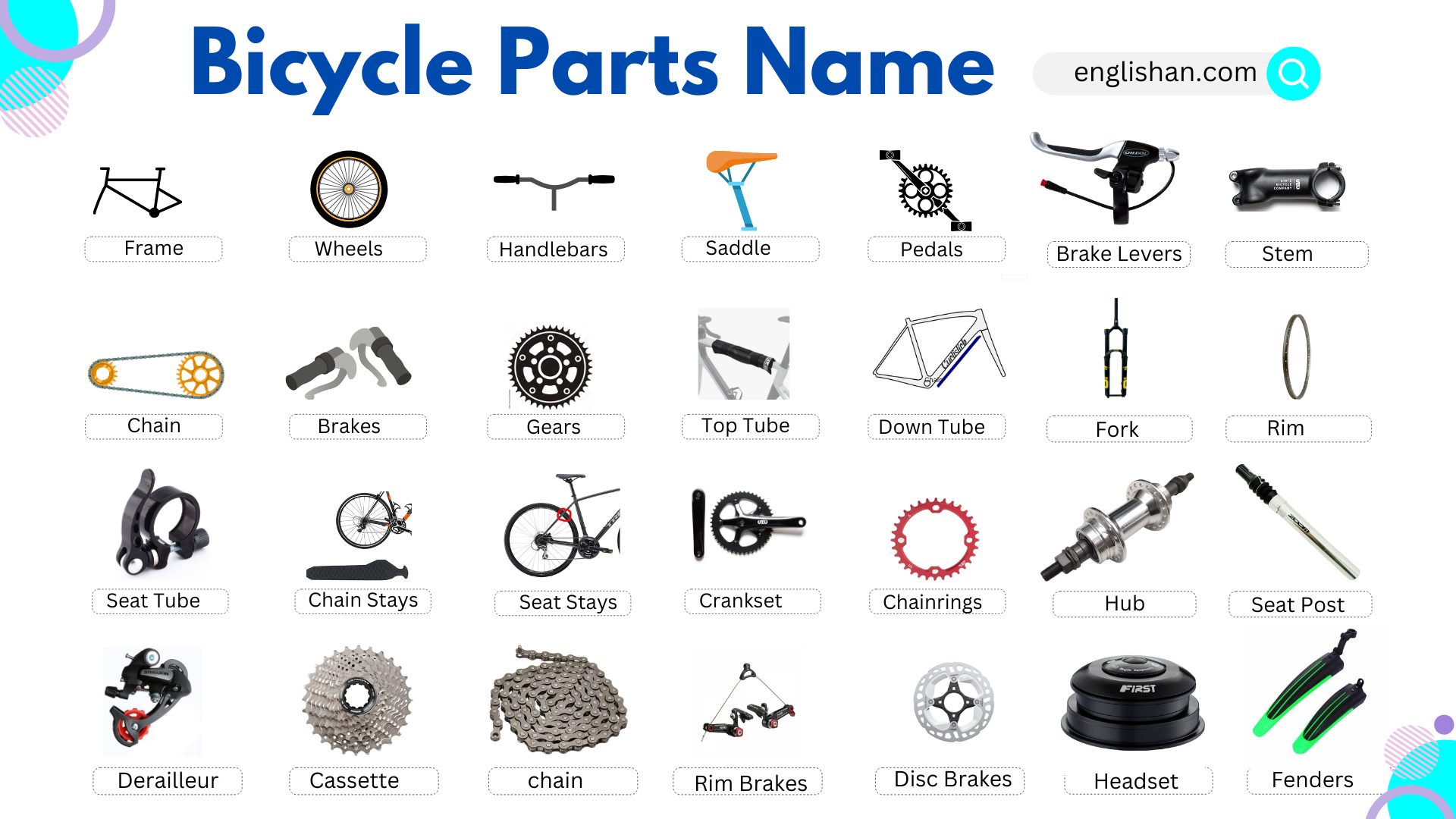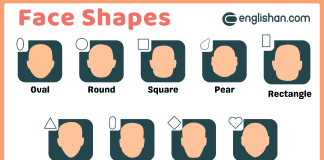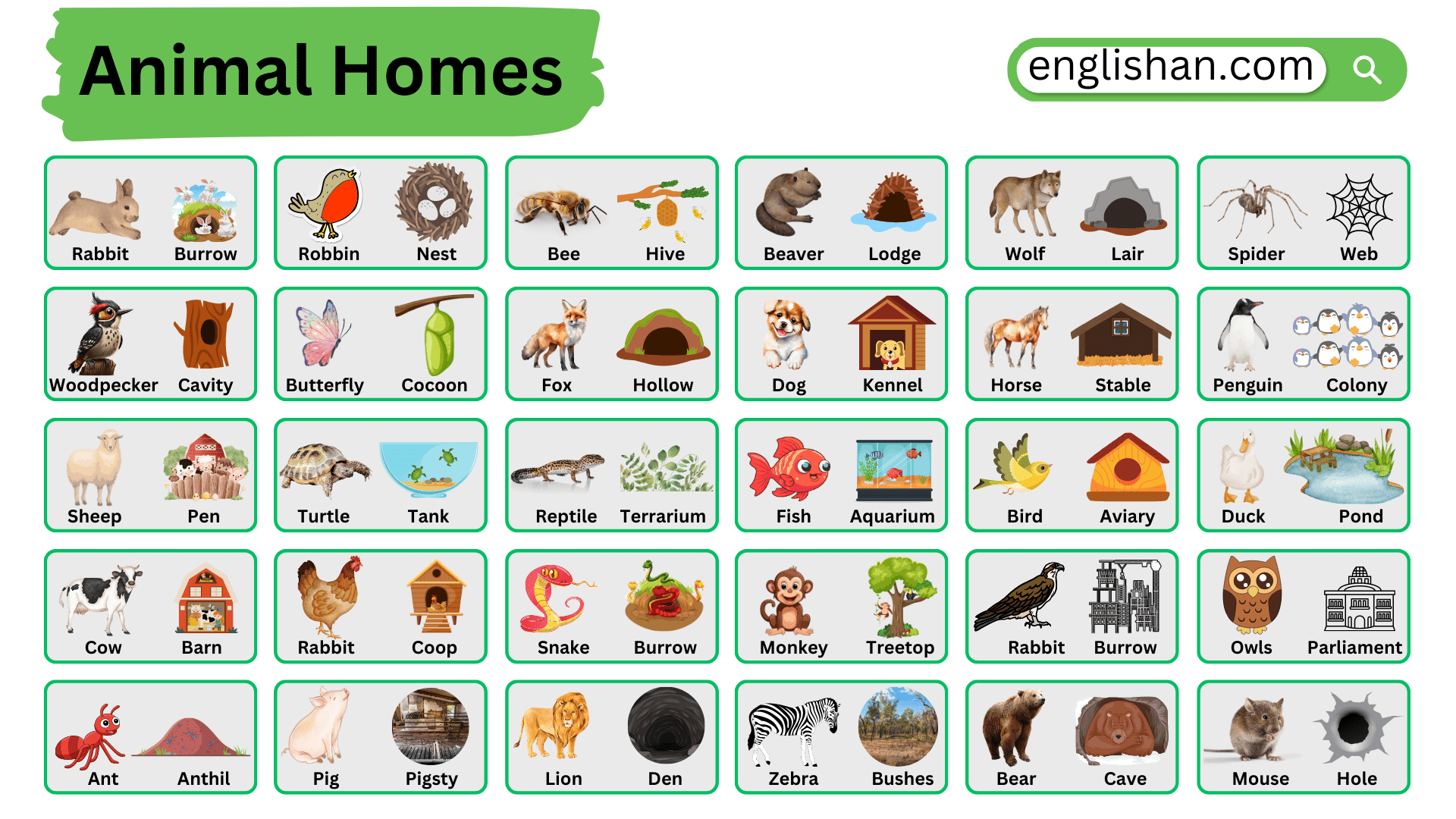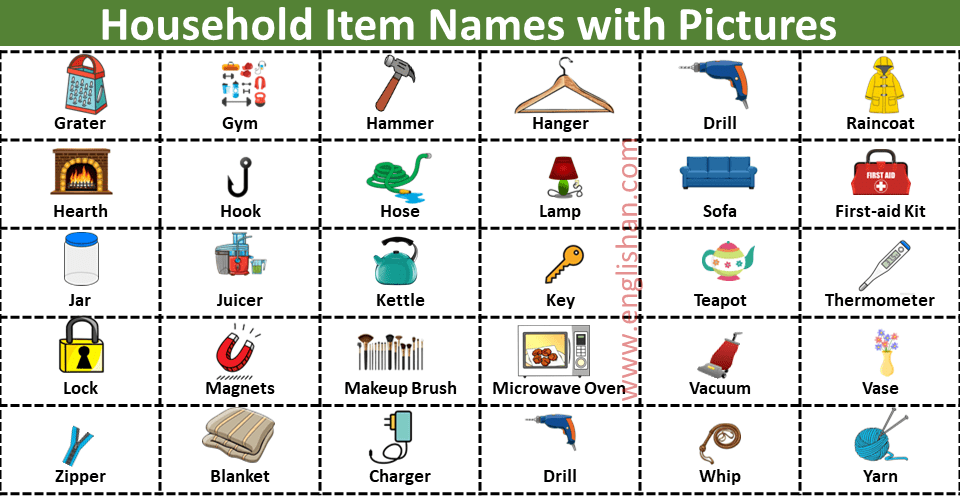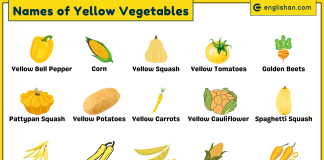Contents
Understanding the different types of balls used in various sports is important for players, coaches, and enthusiasts alike. Each ball is specifically designed to suit the needs of the sport it represents, with unique features like size, material, and weight. This comprehensive guide will walk you through the various types of balls, providing easy-to-understand information to help you identify and understand their uses.
Types of Balls
Soccer Ball
The soccer ball is one of the most recognizable sports balls worldwide. It is typically spherical and made from leather or synthetic materials. The standard design features a pattern of black and white patches, though many variations exist. Soccer balls are used primarily in the sport of soccer, where the ball is kicked with the feet. The durability and shape retention of the ball are essential for performance on the field.
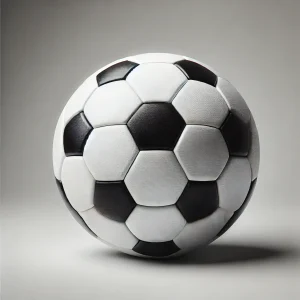
Key Features:
- Material: Leather or synthetic
- Size: Around 22-23 cm in diameter
- Weight: 410-450 grams
Basketball
A basketball is slightly larger than a soccer ball and is used in the sport of basketball. It is made from leather or rubber, with a textured surface that provides grip. The basketball’s distinctive orange color and black grooves make it easy to identify. This ball is designed for dribbling, passing, and shooting, with its bouncy nature being crucial for the game.
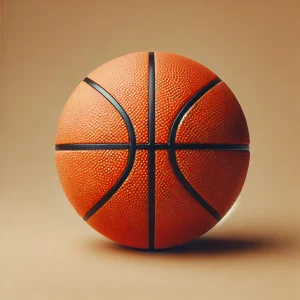
Key Features:
- Material: Leather or rubber
- Size: 75 cm in circumference
- Weight: 600-650 grams
Visual Guide to Types of Balls used in Sports
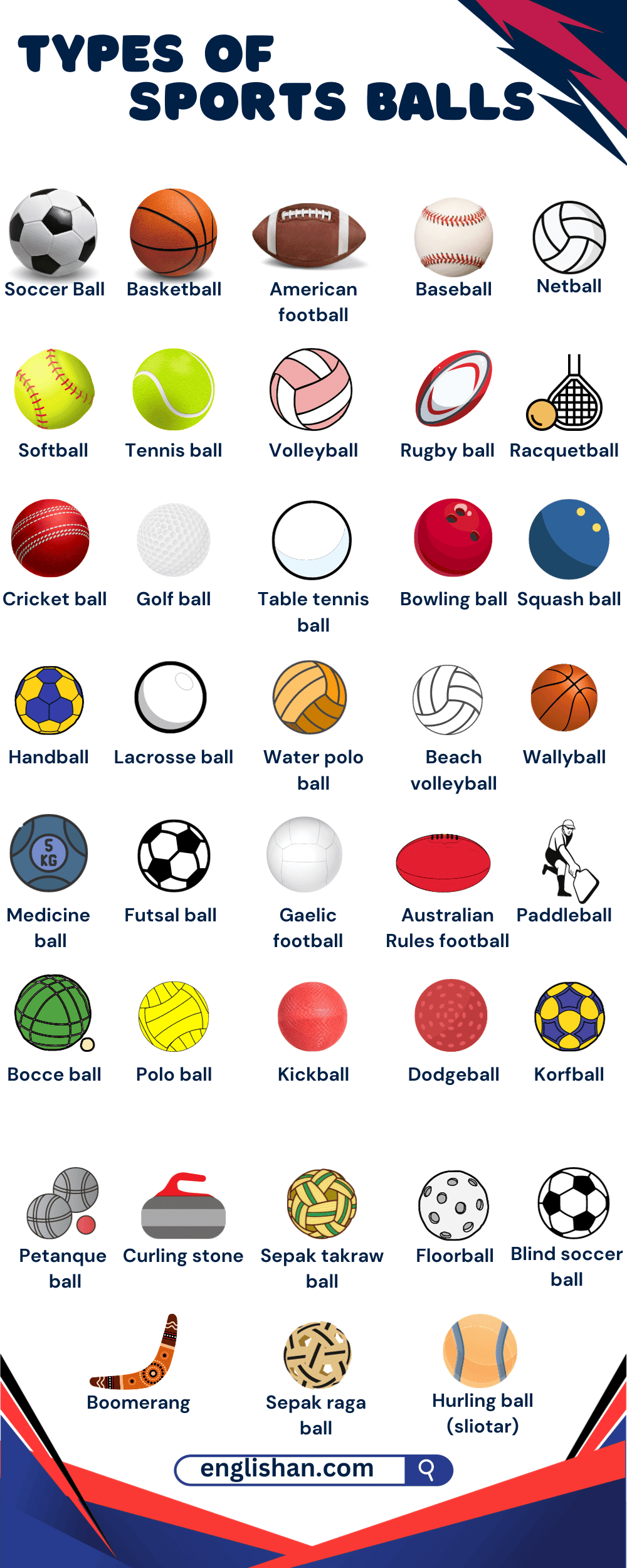
American Football
American footballs have a unique oval shape with pointed ends, making them distinct from other types of balls. These balls are typically brown with white laces, designed to be gripped and thrown. The shape allows for spiral throws, which are key to the sport’s gameplay.
Key Features:
- Material: Leather or synthetic
- Size: Length around 28 cm
- Weight: 400-450 grams
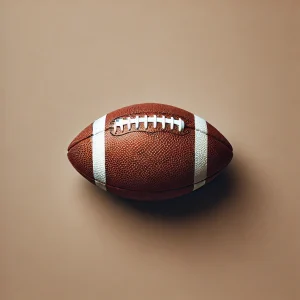
Baseball
A baseball is small, hard, and white with red stitching. It is used in the sport of baseball, where it is thrown, hit, and caught. The ball’s construction involves a cork or rubber core wrapped in yarn and covered with leather, making it durable and responsive.
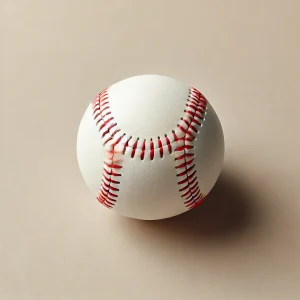
Key Features:
- Material: Leather with cork and rubber core
- Size: 7.3 cm in diameter
- Weight: 142-149 grams
Netball
Netball uses a ball similar in appearance to a basketball but slightly smaller and lighter. Made of leather or rubber, the netball is designed for easy handling and quick passing, key elements of the game.
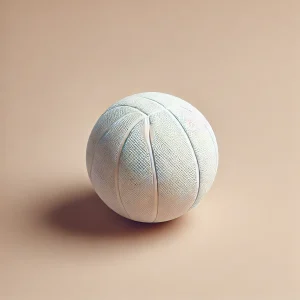
Key Features:
- Material: Leather or synthetic
- Size: 69-71 cm in circumference
- Weight: 400-450 grams
Softball
The softball is larger than a baseball but is softer and less dense. It is primarily used in the sport of softball, which shares similarities with baseball. The ball’s yellow color makes it easier to see, which is crucial for fast-paced games.
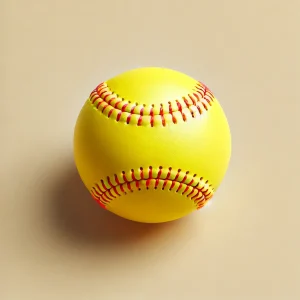
Key Features:
- Material: Leather or synthetic
- Size: 9-10 cm in diameter
- Weight: 180-200 grams
Tennis Ball
Tennis balls are small and bright yellow, designed for high visibility during play. The ball is covered in felt, which helps it grip the tennis court surface, allowing for dynamic play. Its lightweight nature and excellent bounce make it perfect for the fast-paced game of tennis.
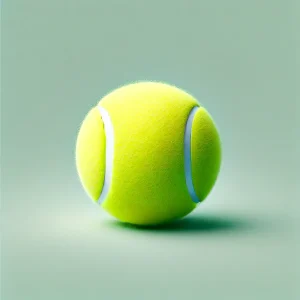
Key Features:
- Material: Rubber core with felt cover
- Size: 6.7 cm in diameter
- Weight: 57-58 grams
Volleyball
Volleyballs are larger than soccer balls and are used in both indoor and outdoor volleyball games. Made from leather or synthetic materials, the ball is lightweight and easy to handle, with a smooth surface that allows for quick and controlled play.
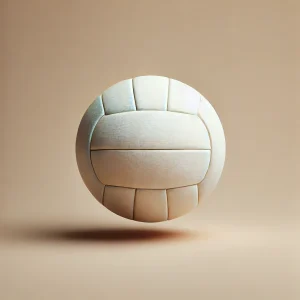
Key Features:
- Material: Leather or synthetic
- Size: 65-67 cm in circumference
- Weight: 260-280 grams
Rugby Ball
The rugby ball shares some similarities with the American football but is slightly larger and has a rounder shape. It is used in rugby, a sport that involves both carrying and kicking the ball. The design focuses on durability and grip.
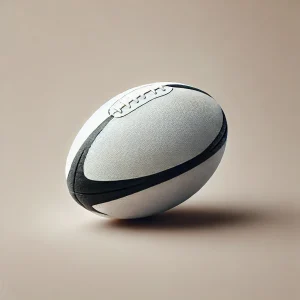
Key Features:
- Material: Leather or synthetic
- Size: 28-30 cm in length
- Weight: 400-440 grams
Racquetball
A racquetball is a small, rubber ball used in indoor racquetball games. Its elasticity allows for rapid bounces off walls and floors, making the game fast-paced and challenging.

Key Features:
- Material: Rubber
- Size: 5.7 cm in diameter
- Weight: 40 grams
Cricket Ball
The cricket ball is hard and covered in leather, with a prominent seam running around its center. It is used in cricket, where it is bowled and hit. The seam allows bowlers to impart spin or swing, adding complexity to the game.
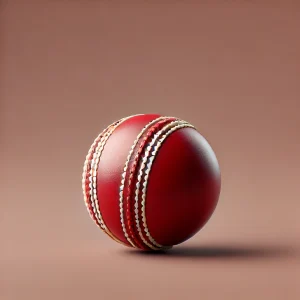
Key Features:
- Material: Leather with cork core
- Size: 22.4-22.9 cm in circumference
- Weight: 155-163 grams
Golf Ball
A golf ball is small and hard, covered with dimples to reduce air resistance and increase distance. Its design is crucial for accuracy and distance in the sport of golf.
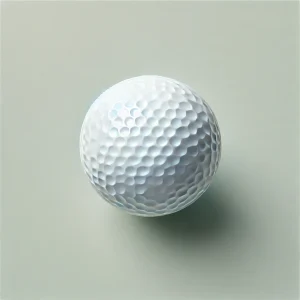
Key Features:
- Material: Rubber or synthetic core with urethane cover
- Size: 4.27 cm in diameter
- Weight: 45.93 grams
Table Tennis Ball
Table tennis balls are lightweight and hollow, made of celluloid or plastic. Their design is perfect for quick, controlled play in table tennis.
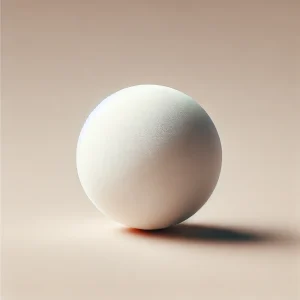
Key Features:
- Material: Celluloid or plastic
- Size: 4 cm in diameter
- Weight: 2.7 grams
Bowling Ball
Bowling balls are large, heavy balls with three finger holes for grip. They are rolled down a lane to knock down pins, requiring a design that balances weight and control.
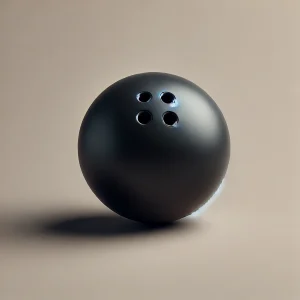
Key Features:
- Material: Polyester, urethane, or resin
- Size: 21.5 cm in diameter
- Weight: 6-16 pounds
Squash Ball
Squash balls are small and hollow, made of rubber. They come with varying levels of bounce, indicated by colored dots, which adjust the game’s pace and difficulty.
Key Features:
- Material: Rubber
- Size: 4 cm in diameter
- Weight: 24 grams
Handball
Handballs are small, hard balls used in indoor handball games. Their design focuses on grip and quick handling, essential for the fast pace of the sport.
Key Features:
- Material: Leather or synthetic
- Size: 58-60 cm in circumference
- Weight: 425-475 grams
Lacrosse Ball
Lacrosse balls are solid rubber balls used in the sport of lacrosse. They are thrown, caught, and carried with a stick, making durability and control important features.
Key Features:
- Material: Rubber
- Size: 6.5 cm in diameter
- Weight: 140 grams
Water Polo Ball
The water polo ball is designed for play in water. It is grippy and buoyant, allowing for easy handling in the water. The ball is slightly smaller and lighter than a basketball.
Key Features:
- Material: Waterproof material
- Size: 68-71 cm in circumference
- Weight: 400-450 grams
Beach Volleyball
Beach volleyballs are similar to indoor volleyballs but are slightly larger and lighter. They are made to withstand outdoor elements like sun and sand, with a durable cover.
Key Features:
- Material: Synthetic leather
- Size: 66-68 cm in circumference
- Weight: 260-280 grams
Wallyball
Wallyball is a variation of volleyball played in a racquetball court. The ball is similar to a volleyball but has more bounce, suitable for indoor walls.
Key Features:
- Material: Synthetic or leather
- Size: 65-67 cm in circumference
- Weight: 260-280 grams
Medicine Ball
Medicine balls are heavy and used for strength training. They vary in size and weight, making them versatile for different exercises.
Key Features:
- Material: Leather, rubber, or synthetic
- Size: Varies depending on weight
- Weight: 1-10 kg
Futsal Ball
Futsal balls are smaller and heavier than soccer balls, used for indoor futsal games. They have less bounce, allowing for better control on hard surfaces.
Key Features:
- Material: Leather or synthetic
- Size: 62-64 cm in circumference
- Weight: 400-440 grams
Gaelic Football
Gaelic footballs are similar to soccer balls but are slightly larger. They are used in a traditional Irish sport that blends soccer and rugby elements.
Key Features:
- Material: Leather
- Size: 68-70 cm in circumference
- Weight: 480-500 grams
Australian Rules Football
The Australian Rules football is oval-shaped and used in a fast-paced game that involves kicking and carrying the ball. It is similar to rugby balls but slightly smaller.
Key Features:
- Material: Leather
- Size: 27 cm in length
- Weight: 450-500 grams
Paddleball
Paddleballs are small, solid rubber balls used in paddleball games. The ball is designed for fast, controlled play.
Key Features:
- Material: Rubber
- Size: 4 cm in diameter
- Weight: 40-50 grams
Bocce Ball
Bocce balls are large, heavy balls used in bocce. The game is similar to bowling, where players throw balls to get as close as possible to a target ball.
Key Features:
- Material: Composite or metal
- Size: 10-11 cm in diameter
- Weight: 900-1100 grams
Polo Ball
Polo balls are small, hard balls used in polo. The ball is struck with a mallet while players ride horses, requiring durability and lightness.
Key Features:
- Material: Plastic or wood
- Size: 7.6 cm in diameter
- Weight: 130 grams
Kickball
Kickballs are large, bouncy balls similar to playground balls. The ball is kicked instead of thrown, and the game is often played in a style similar to baseball.
Key Features:
- Material: Rubber
- Size: 25-30 cm in diameter
- Weight: 400 grams
Dodgeball
Dodgeballs are soft, rubber balls used in dodgeball games. They are easy to throw and soft enough to not cause injury when hitting players.
Key Features:
- Material: Rubber or foam
- Size: 21 cm in diameter
- Weight: 200-300 grams
Korfball
Korfball uses a ball similar in size to a soccer ball but with a slightly different weight and feel. The ball is used in a mixed-gender sport involving shooting and passing.
Key Features:
- Material: Synthetic or leather
- Size: 68 cm in circumference
- Weight: 425-475 grams
Petanque Ball
Petanque balls are small, heavy balls made of metal, used in petanque. The objective is to throw the balls as close as possible to a target ball.
Key Features:
- Material: Metal
- Size: 7-8 cm in diameter
- Weight: 700-800 grams
Curling Stone
The curling stone is not exactly a ball, but it is the object used in curling. Made of granite, the stone is slid across ice towards a target area.
Key Features:
- Material: Granite
- Size: 28-30 cm in diameter
- Weight: 18-20 kg
Sepak Takraw Ball
The sepak takraw ball is a lightweight, woven ball used in sepak takraw, a game similar to volleyball but played with the feet. The ball is usually made from synthetic fibers or rattan.
Key Features:
- Material: Synthetic or rattan
- Size: 40-42 cm in circumference
- Weight: 170-180 grams
Floorball
Floorball balls are small, lightweight plastic balls used in floorball. The ball has small holes on its surface to reduce air resistance and increase speed.
Key Features:
- Material: Plastic
- Size: 7 cm in diameter
- Weight: 23 grams
Blind Soccer Ball
Blind soccer balls are similar to regular soccer balls but have rattles inside. This allows visually impaired players to locate the ball by sound.
Key Features:
- Material: Leather or synthetic
- Size: 22-23 cm in diameter
- Weight: 400-450 grams
Boomerang
A boomerang is not exactly a ball but is used in boomerang throwing. When thrown correctly, it returns to the thrower. They are used in recreation and competitions.
Key Features:
- Material: Wood, plastic, or composite
- Size: Varies in length and curve
- Weight: Varies depending on material
Sepak Raga Ball
Sepak Raga balls are woven balls used in a traditional sport similar to sepak takraw. These balls are typically made from rattan or other natural fibers.
Key Features:
- Material: Rattan or synthetic fibers
- Size: 40-42 cm in circumference
- Weight: 150-160 grams
Hurling Ball (Sliotar)
The sliotar is a small, hard ball used in the Irish sport of hurling. The ball is hit with a stick called a hurley and must be durable to withstand high-speed impacts.
Key Features:
- Material: Leather with cork core
- Size: 23-24 cm in circumference
- Weight: 110-120 grams
Understanding these various types of balls can help you appreciate the design and function each serves in its respective sport. Whether you’re kicking a soccer ball, shooting a basketball, or throwing a rugby ball, the right equipment makes all the difference in your game.
Comparison Table: Types of Balls
| Ball Type | Shape | Surface Texture | Primary Use | Size |
|---|---|---|---|---|
| Soccer Ball | Round | Smooth, patterned | Kicked in soccer | Size 3 to 5 |
| Basketball | Round | Textured with grooves | Dribbled and shot in basketball | Size 5 to 7 |
| Volleyball | Round | Smooth, cushioned | Hit over a net in volleyball | Circumference 65–67 cm |
| Tennis Ball | Round | Fuzzy, felt-covered | Hit with a racket in tennis | Diameter 6.7 cm |
| Baseball | Round | Smooth with stitching | Hit with a bat in baseball | Circumference 23 cm |
| American Football | Oval/oblong | Textured with laces | Thrown and carried in American football | Varies, professional size standard |
| Cricket Ball | Round | Hard leather with seam | Bowled at batsmen in cricket | Circumference 23 cm |
| Golf Ball | Round | Dimpled | Struck with a golf club in golf | Diameter 4.3 cm |
| Bowling Ball | Round | Smooth with finger holes | Rolled in bowling | 6 to 16 pounds |
FAQs:
There are many types of balls, and they are used for different sports and activities. Here are some of the main types:
1. Soccer Ball – Used in soccer (football).
2. Basketball – Used in basketball.
3. Tennis Ball – Used in tennis.
4. Baseball – Used in baseball.
5. Football – Used in American football.
6. Volleyball – Used in volleyball.
7. Golf Ball – Used in golf.
8. Rugby Ball – Used in rugby.
9. Bowling Ball – Used in bowling.
10. Ping Pong Ball – Used in table tennis.
These are some of the main types of balls used in sports!
Here are the different types of “8 balls”:
1. 8-Ball Pool Ball – The black ball in the game of pool that is the last one you try to sink.
2. Magic 8-Ball – A toy used for fortune-telling, where you shake it and get answers like “Yes” or “No.”
3. 8-Ball (Drug Slang) – A term used to refer to 3.5 grams of certain illegal drugs.
These are the main types of 8 balls!
Here are the different types of through balls in soccer:
1. Flat Through Ball – A pass on the ground to a teammate.
2. Lobbed Through Ball – A pass that is kicked high over defenders.
3. Weighted Through Ball – A pass that is just the right speed for a teammate to run onto.
4. Back-Pass Through Ball – A pass played backward for a teammate to control.
5. Cutback Through Ball – A pass from the side, to a teammate coming back into space.
These are the main types of through balls in soccer!
You May Also Like

